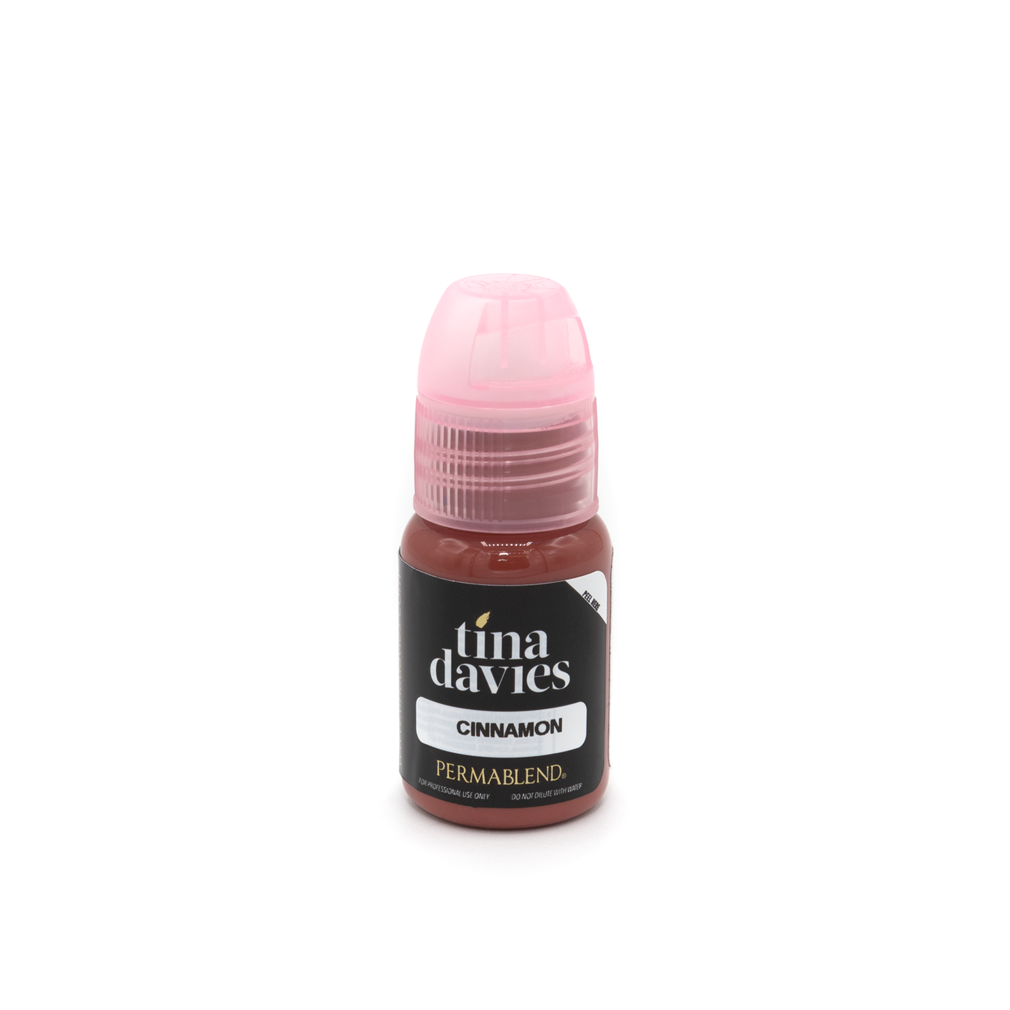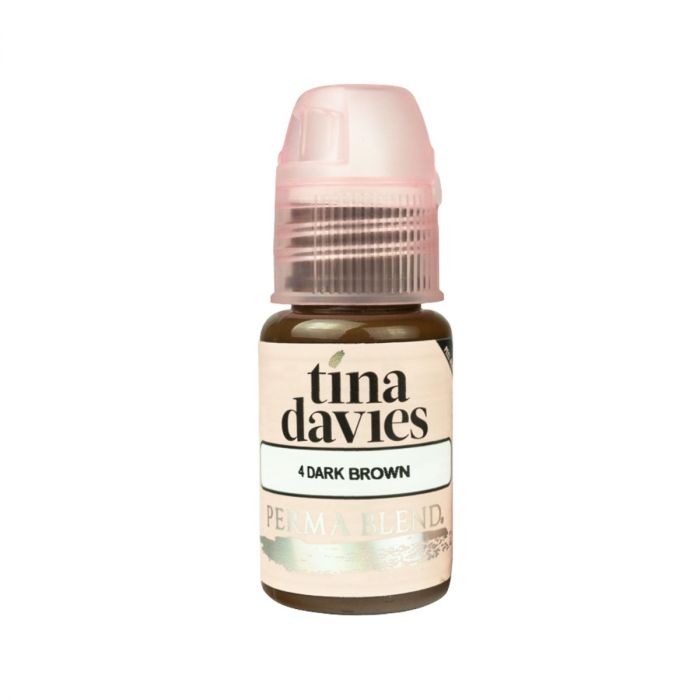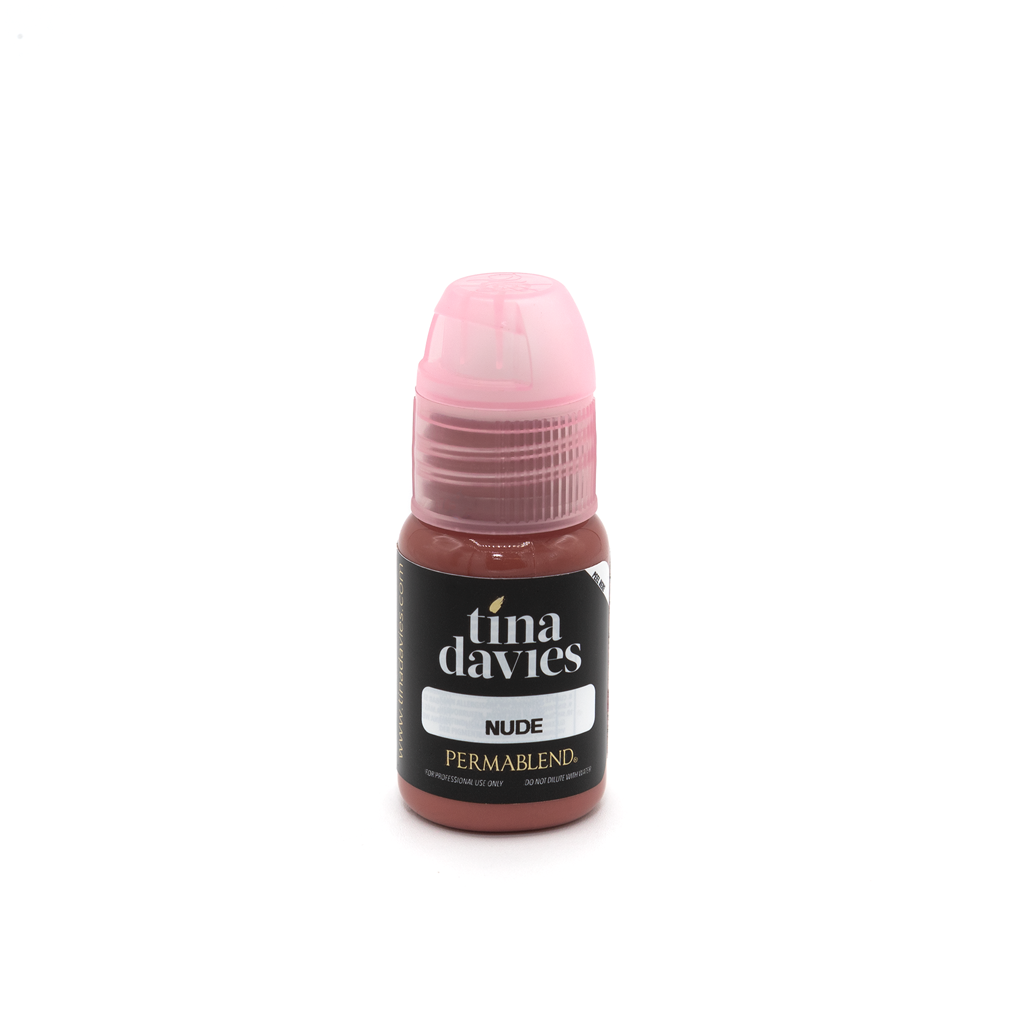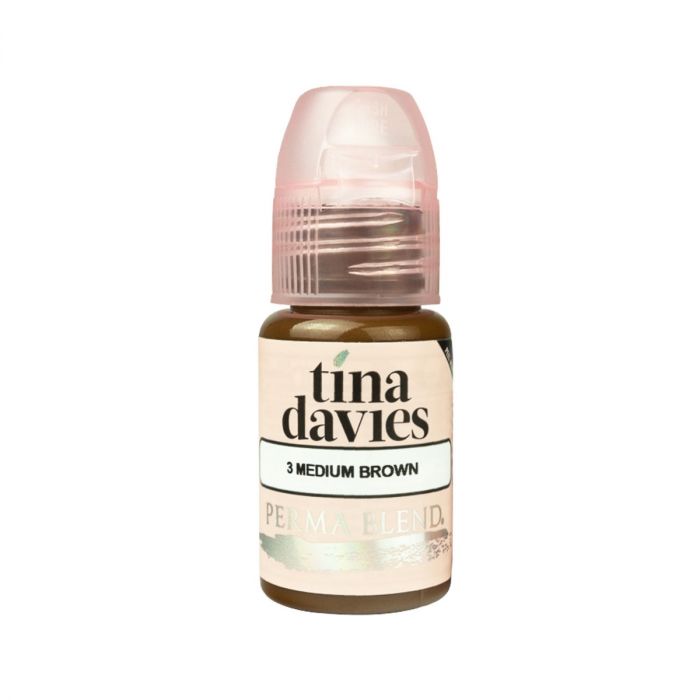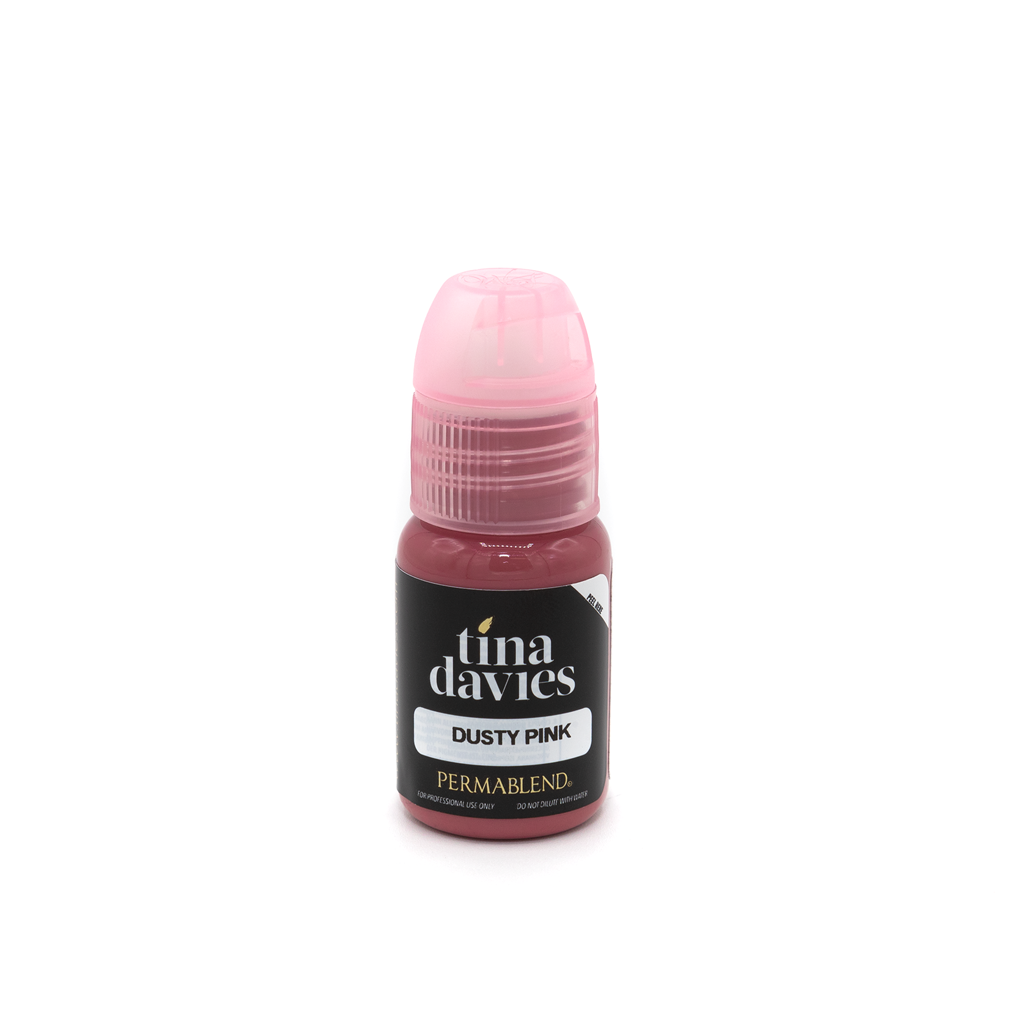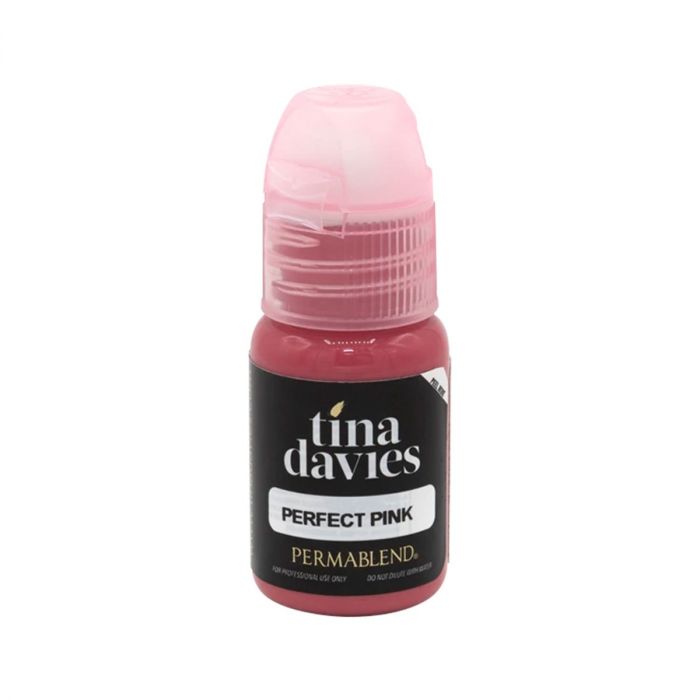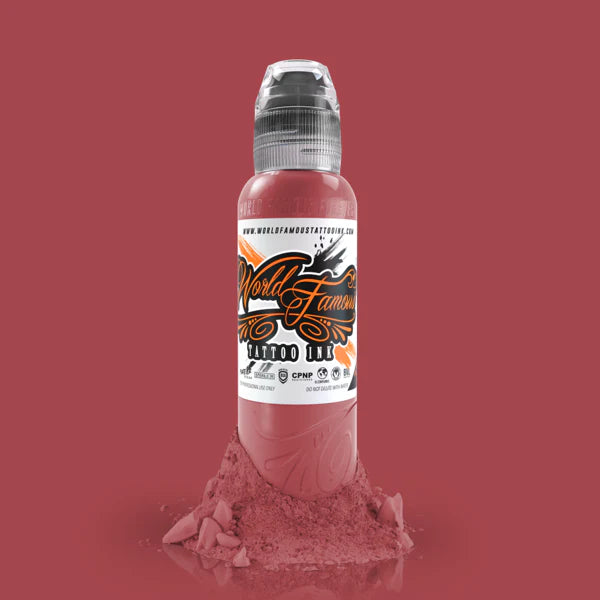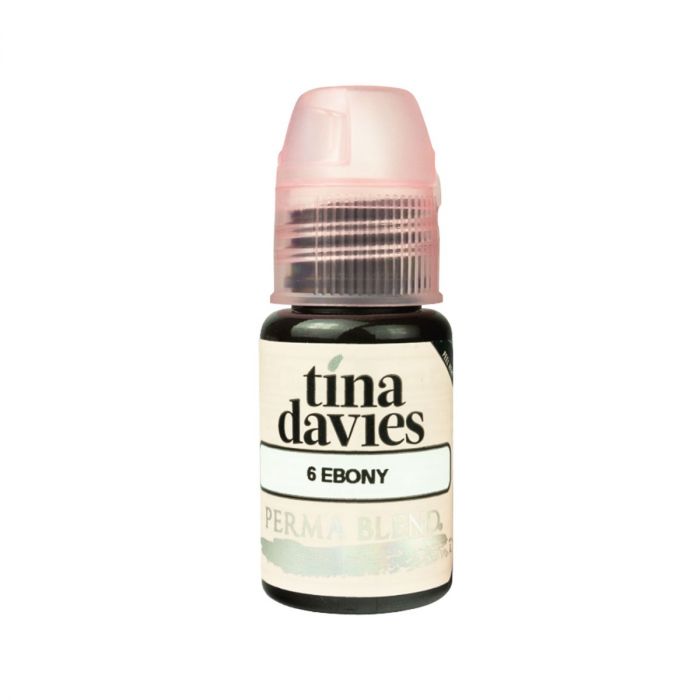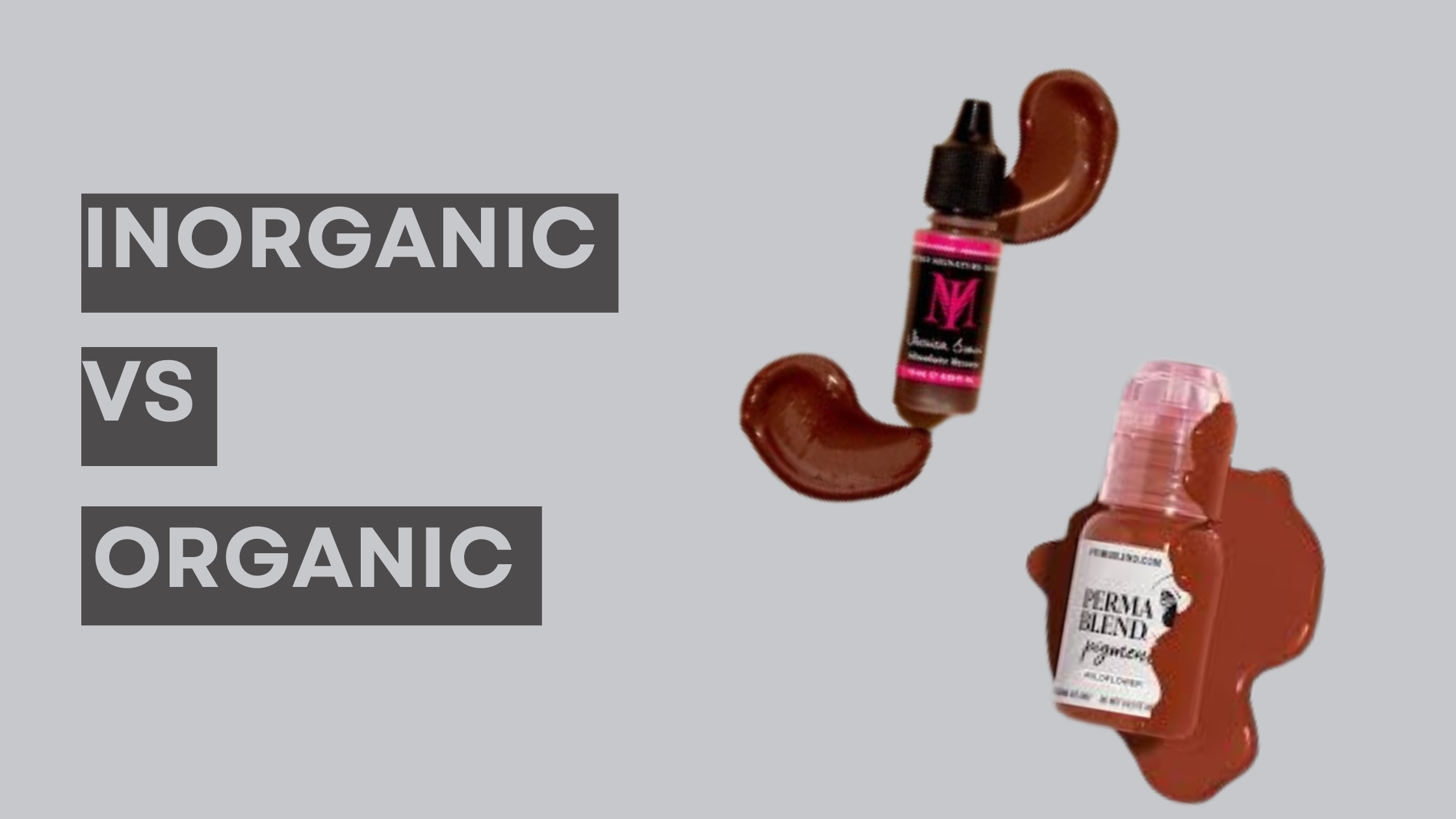What is Permanent Makeup
What is Permanent Makeup
Permanent makeup, also known as micropigmentation, is a cosmetic tattooing technique used to enhance the appearance of the face. It involves using a small needle to deposit pigment into the skin, creating the appearance of makeup. Permanent makeup is often used to enhance the eyebrows, create the appearance of eyeliner, or to add colour to the lips. It is a popular choice for people who want to save time on their morning makeup routine, or for those who have difficulty applying makeup due to physical limitations. Permanent makeup is generally considered to be a safe procedure, but it is important to do your research and choose a qualified and experienced practitioner to minimize the risk of complications.
What Types of Permanent Makeup Treatments are there?
There are several types of permanent makeup treatments that can be performed, including:
-
Eyebrow tattooing: This involves creating the appearance of fuller, more defined eyebrows using pigment.
-
Eyeliner tattooing: This involves creating the appearance of thicker, more defined eyeliner using pigment.
-
Lip tattooing: This involves adding colour to the lips using pigment, or creating the appearance of a fuller lip line.
-
Scar camouflage: This involves using pigment to camouflage scars or other skin imperfections.
-
Areola restoration: This involves recreating the appearance of an areola (the coloured area around the nipple) after surgery, such as a mastectomy.
-
Beauty marks: This involves creating the appearance of a beauty mark (mole) using pigment.
-
Scalp Micropigmentation: This involves using pigment to create the appearance of hair, such as on the scalp or eyebrows.
How Can I Benefit From Permanent Makeup
Permanent makeup can offer a number of benefits, including:
-
Saving time on your morning makeup routine: Permanent makeup can save you time on your daily beauty routine, as you won't need to spend as much time applying makeup.
-
Enhanced natural appearance: Permanent makeup can enhance your natural features, giving you a more polished and put-together look without looking like you're wearing a lot of makeup.
-
Increased self-confidence: Many people feel more confident and self-assured after having permanent makeup, as they feel more attractive and put-together.
-
Convenience: Permanent makeup can be a convenient option for people who have difficulty applying makeup due to physical limitations, such as unsteady hands or vision problems.
-
Water-resistant: Permanent makeup is resistant to water and sweat, so you don't have to worry about it smudging or running when you're swimming or exercising.
-
Long-lasting: Permanent makeup can last for several years, depending on the technique used and the individual's skin type.
It is important to keep in mind that permanent makeup is a form of tattooing, and there are some risks involved.
What is Eyebrow Tattooing
Eyebrow tattooing, also known as microblading, Ombre Brows or Powder Brows, is a cosmetic tattooing technique that involves creating the appearance of fuller, more defined eyebrows using pigment. A small handheld tool or semi permanent make up machine is used to deposit pigment into the skin, creating fine, hair-like strokes that mimic the appearance of natural brow hairs. Eyebrow tattooing is often used to fill in sparse eyebrows, or to create a desired shape or arch. The results of eyebrow tattooing can last for several years, depending on the individual's skin type and the technique used. It is important to choose a qualified and experienced practitioner to ensure the best possible results and to minimize the risk of complications.
What's The Difference Between Microblading, Ombre Brows & Powder Brows
Microblading, Ombre brows, and Powder brows are all techniques used in the application of permanent makeup to the eyebrows. Here is a brief overview of each technique:
-
Microblading: Also known as brow microblading, this technique involves using a small handheld tool to create fine, hair-like strokes with pigment in the skin to mimic the appearance of natural brow hairs. The results of microblading can last for several months to a couple of years.
-
Ombre brows: This technique involves creating a gradient effect with pigment, where the brows are darker at the base and gradually become lighter towards the end. Ombre brows can be achieved with either a handheld tool or a machine. The results of Ombre brows can last for several years.
-
Powder brows: This technique involves creating the appearance of brow powder using pigment. The brows are filled in with a series of dots or dashes of pigment, creating a powdery, filled-in effect. The results of powder brows can last for several years.
What is Eyeliner Tattooing
Eyeliner tattooing is a cosmetic tattooing technique used to create the appearance of thicker, more defined eyeliner. It involves using a small needle to deposit pigment into the skin, creating a line that mimics the look of traditional eyeliner. Eyeliner tattooing can be done on the top lid, bottom lid, or both.
Before the procedure, the practitioner will clean the area around the eyes and apply a numbing cream to minimize any discomfort. They will then use a handheld tool to apply the pigment to the desired area, following the natural shape of the eyelid. The process typically takes about an hour to complete.
After the procedure, the area around the eyes may be swollen and red, and there may be some slight bleeding. These side effects should resolve within a few days. The pigment may also appear darker than desired immediately after the procedure, but it will fade slightly as it heals. It typically takes about a week for the pigment to fully settle into the skin.
The results of eyeliner tattooing can last for several years, depending on the individual's skin type and the technique used. It is important to follow the aftercare instructions provided by the practitioner to ensure the best possible results and to minimize the risk of complications.
What is Lip Tattooing
Before the procedure, the practitioner will clean the lips and apply a numbing cream to minimize any discomfort. They will then use a handheld tool to apply the pigment to the desired area, following the natural shape of the lips. The process typically takes about an hour to complete.
After the procedure, the lips may be swollen and red, and there may be some slight bleeding. These side effects should resolve within a few days. The pigment may also appear darker than desired immediately after the procedure, but it will fade slightly as it heals. It typically takes about a week for the pigment to fully settle into the skin.
The results of lip tattooing can last for several years, depending on the individual's skin type and the technique used. It is important to follow the aftercare instructions provided by the practitioner to ensure the best possible results and to minimize the risk of complications.
It is important to choose a qualified and experienced practitioner for any type of permanent makeup treatment, to ensure the best possible results and to minimise the risk of complications.
What is Scar Camouflage
What is Areola Reconstruction
Areola reconstruction can offer a number of benefits to individuals who have undergone a mastectomy or other surgery that has resulted in the loss or alteration of their areolas. These benefits can include:
-
Improved appearance: Areola reconstruction can help to restore a natural-looking appearance to the breast area after surgery.
-
Increased self-confidence: Many people feel more confident and self-assured after having areola reconstruction, as they feel more comfortable with their appearance.
-
Improved quality of life: Areola reconstruction can help to improve an individual's quality of life by enabling them to feel more comfortable and confident in their own skin.
-
Long-lasting results: The results of areola reconstruction can be long-lasting, depending on the individual's skin type and the technique used.
It is important to choose a qualified and experienced practitioner for any type of permanent makeup treatment, to ensure the best possible results and to minimize the risk of complications.
What is Beauty Marks in Permanent Makeup
Beauty marks in permanent makeup can be used to enhance the appearance of the face, or to cover up a scar or other skin imperfection. They can be created in a variety of sizes and shapes, and can be placed on any area of the face or body.
The results of beauty marks in permanent makeup can be long-lasting, depending on the individual's skin type and the technique used. It is important to choose a qualified and experienced practitioner to ensure the best possible results and to minimise the risk of complications.
What is Scalp Micropigmentation
How much does Permanent makeup cost
Here are some general price ranges for different types of permanent makeup treatments:
-
Eyebrow tattooing: £350-£675
-
Eyeliner tattooing: £250-£425
-
Lip tattooing: £350-£600
-
Scar camouflage: £300-£700
-
Areola restoration: £300-£700
-
Beauty marks: £100-£300
-
Scalp micropigmentation: £600-£4,000
It is important to keep in mind that these prices are only estimates, and the actual cost of a permanent makeup treatment may be higher or lower depending on the factors mentioned above. It is always a good idea to shop around and get quotes from multiple practitioners before deciding on a provider.
What's The Healing Process In Permanent Makeup
The healing process for permanent makeup can vary depending on the specific treatment being performed, as well as the individual's skin type and the technique used. In general, the healing process for permanent makeup involves the following stages:
-
Initial swelling and redness: Immediately after the treatment, the area may be swollen and red. This is a normal part of the healing process and should resolve within a few days.
-
Dryness and flaking: As the pigment begins to heal and the top layer of skin begins to flake off, the treated area may become dry and flaky. This is also a normal part of the healing process.
-
Lightening of the pigment: The pigment may appear much darker immediately after the treatment, but it will lighten as it heals. This is due to the top layer of skin flaking off, revealing the lighter pigment underneath.
-
Final colour: The final colour of the pigment will become apparent once the healing process is complete, typically about a week after the treatment.
It is important to follow the aftercare instructions provided by the practitioner to ensure the best possible results and to minimize the risk of complications. This may include avoiding certain activities, such as swimming or sweating, and applying ointment or moisturizer to the treated area.
Are there any disadvantages to permanent makeup
-
Risk of infection: As with any procedure that involves breaking the skin, there is a risk of infection with permanent makeup. It is important to choose a qualified and experienced practitioner to minimise this risk.
-
Allergic reactions: Some people may be allergic to the pigments used in permanent makeup, which can cause a reaction such as redness, swelling, or itching. It is important to discuss any allergies or sensitivities with the practitioner before the treatment.
-
Poor results: If the procedure is not performed correctly or if the practitioner is not experienced, the results of the permanent makeup may be poor. This can include uneven or unnatural-looking colour, or pigment that fades or changes colour over time.
-
Difficulty removing: If you are not happy with the results of your permanent makeup, it can be difficult to remove. In some cases, it may require multiple treatments or laser removal to fully remove the pigment.
-
Cost: Permanent makeup can be expensive, especially if multiple treatments are needed to achieve the desired results.
It is important to carefully consider the potential disadvantages of permanent makeup before making a decision about whether this type of treatment is right for you.
Did you know?
Cosmedic Supplies is the UK's biggest Permanent Makeup product supplier
